Dürkopp Adler 558 Manual
| Mærke: | Dürkopp Adler |
| Kategori: | Symaskine |
| Model: | 558 |
Har du brug for hjælp?
Hvis du har brug for hjælp til Dürkopp Adler 558 stil et spørgsmål nedenfor, og andre brugere vil svare dig
Symaskine Dürkopp Adler Manualer
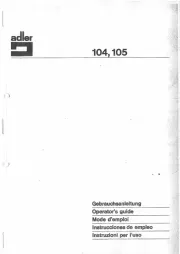
25 August 2025
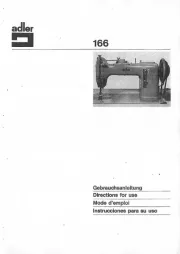
25 August 2025
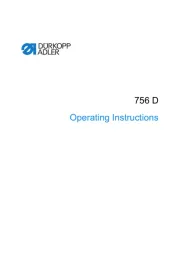
19 August 2025

3 August 2025
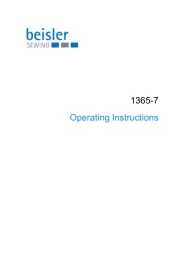
3 August 2025
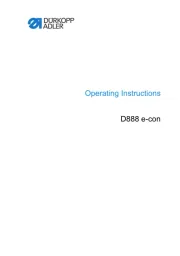
3 August 2025
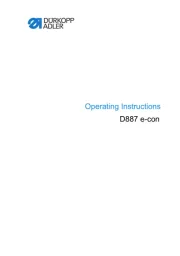
3 August 2025
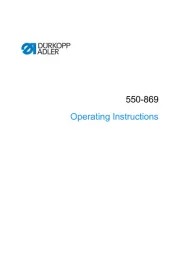
3 August 2025

3 August 2025
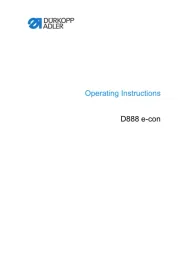
3 August 2025
Symaskine Manualer
- Sinojo
- Yamato
- Union Special
- Veritas
- Meister Craft
- Livoo
- Juki
- Kenmore
- Pfaff
- Wëasy
- Łucznik
- Bernette
- Husqvarna-Viking
- Mio Star
- Lifetec
Nyeste Symaskine Manualer

24 December 2025

21 December 2025

8 November 2025
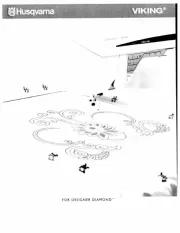
8 November 2025

8 November 2025

7 November 2025

6 November 2025

3 November 2025

31 Oktober 2025

31 Oktober 2025
